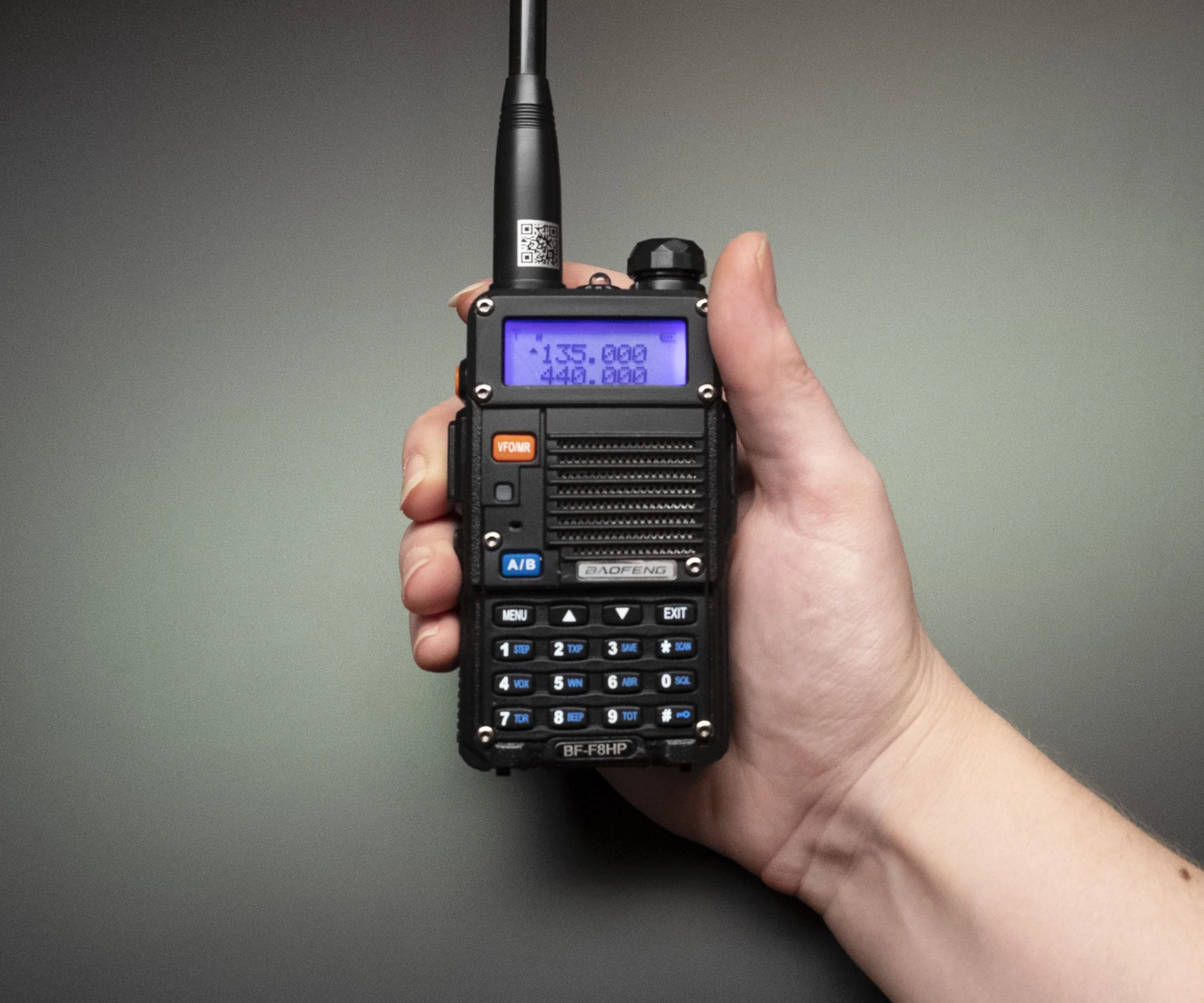Ham radios, also known as amateur radios, have been around for more than a century and continue to play an important role in communication. Unlike regular broadcasting, ham radios allow people to connect directly with others around the world without relying on the internet or cell service. This unique form of communication is not only a hobby but also a valuable resource during emergencies when other networks fail. Many enthusiasts enjoy learning how to operate ham radios because they combine technical knowledge, adventure, and community spirit. Getting started might seem overwhelming at first, but with the right guidance, anyone can explore this fascinating world and join a network of passionate radio operators worldwide.
Understanding the Basics of Ham Radios
Ham radios are two-way communication devices that operate on specific radio frequencies assigned by governments for amateur use. Unlike commercial radio stations, which broadcast to large audiences, ham radio operators use their equipment to connect one-on-one or in groups across different regions and even countries. These radios can transmit voice, Morse code, and digital data. The strength of ham radios lies in their ability to reach places where traditional communication may not work, such as remote areas, mountains, or during natural disasters. Learning how they work is the first step toward becoming part of the amateur radio community.
Licensing and Legal Requirements
Operating ham radios requires a license in most countries, as governments regulate the use of radio frequencies to avoid interference with other services like aviation and emergency systems. Obtaining a license usually involves passing an exam that tests knowledge of radio operation, regulations, and safety procedures. While the idea of taking an exam may seem intimidating, study materials and online resources make the process accessible. Once licensed, operators are assigned a unique call sign, which becomes their identity on the airwaves. This official recognition ensures that ham radio remains a safe and organized method of communication.
Equipment You Need to Get Started
The exciting part of beginning your ham radio journey is choosing the right equipment. Beginners often start with handheld radios, which are portable and easy to use. More advanced users may prefer base stations that offer stronger signals and more features. Essential components include an antenna, which greatly affects the range and clarity of signals, and a power supply to keep the radio running. Many newcomers also join local clubs where experienced operators offer advice on setting up and maintaining equipment. Investing in the right gear early on helps create a smooth and enjoyable experience in amateur radio communication.
Learning the Language of Ham Radio
Ham radio communication comes with its own culture and language. Operators use specific terms, abbreviations, and codes that make conversations clear and efficient. For example, the Q-code system is widely used to simplify questions and answers, while phonetic alphabets ensure accuracy when sharing call signs over noisy connections. Beginners quickly pick up these terms through practice and by listening to others. Beyond technical language, ham radio is also about etiquette and respect. Clear communication, patience, and courtesy are essential qualities that help maintain a positive community atmosphere on the air.
The Role of Ham Radios in Emergencies
One of the most valuable aspects of ham radios is their reliability during emergencies. When natural disasters strike and cell towers fail, ham radio operators often step in to provide communication support. Their ability to function independently of modern infrastructure makes them an important resource for disaster response and recovery efforts. Many operators volunteer during crises, helping coordinate rescue operations or simply connecting affected individuals with their loved ones. For this reason, ham radios are not just a hobby but also a vital service to communities around the world.
Building Connections Through Ham Radio Communities
Ham radios bring together people from different backgrounds and locations who share a passion for communication. Local clubs and international networks provide opportunities to make lifelong friendships and exchange knowledge. Many operators participate in contests where the goal is to connect with as many people as possible within a set time. Others join special events that celebrate milestones or technical achievements. Being part of this global community not only enhances skills but also fosters a sense of belonging. Whether chatting with someone in a neighboring town or a faraway country, ham radio offers unique social experiences.
Radio Center – Rivas
For anyone ready to start their journey into the world of ham radios, Radio Center – Rivas stands out as a trusted destination. Known for offering high-quality equipment and expert guidance, this center supports beginners and experienced operators alike. From handheld radios to advanced base stations, Radio Center – Rivas provides a wide selection of tools that match different needs and budgets. More than just a store, it also serves as a hub of knowledge, where enthusiasts can learn about the latest technology, get tips on maintenance, and receive advice tailored to their goals. With its dedication to amateur radio, Radio Center – Rivas makes getting started both simple and rewarding.

